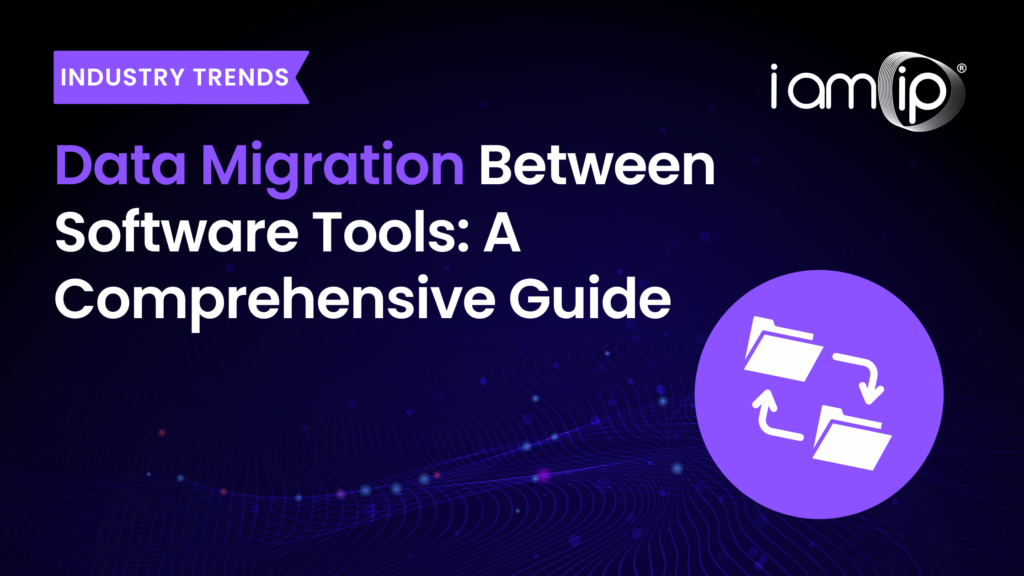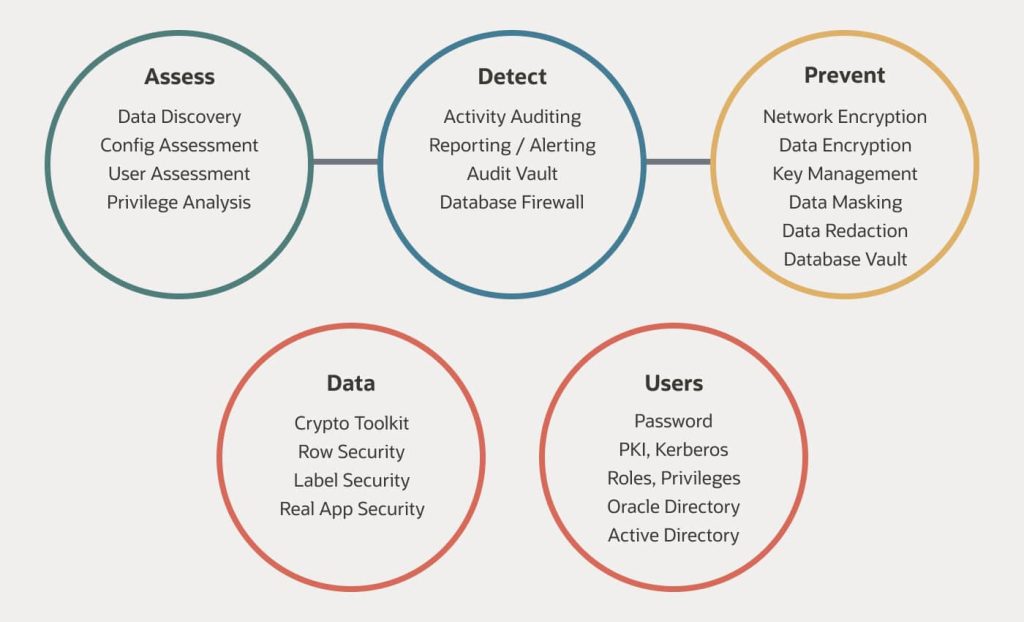Introduction
Database performance optimization is a crucial aspect of managing and maintaining efficient data systems. As businesses rely heavily on databases to store, retrieve, and analyze vast amounts of information, it becomes essential to ensure that these databases are optimized for maximum efficiency. In this blog post, we will explore various strategies and techniques that can be employed to boost the performance of your database, resulting in improved productivity, faster response times, and enhanced overall system performance.
2. Indexing
One of the key strategies for optimizing database performance is through indexing. Indexes help in speeding up data retrieval by creating a separate data structure that allows for quick lookup. By properly indexing the frequently accessed columns, you can significantly reduce the time taken for queries to execute.
2.1. Choosing the Right Columns
When selecting columns for indexing, it is important to consider the ones that are frequently used in WHERE, JOIN, and ORDER BY clauses. These columns should have a high cardinality, meaning they have a large number of distinct values. Indexing such columns can greatly improve query performance.
2.2. Avoid Over-Indexing
While indexing is beneficial, over-indexing can have a negative impact on performance. Each index adds overhead to data modification operations, such as INSERT, UPDATE, and DELETE. Therefore, it is essential to strike a balance between the number of indexes and the performance gains they provide.
3. Query Optimization
Optimizing database queries is another effective way to enhance performance. By analyzing and fine-tuning queries, you can reduce execution time and resource consumption.
3.1. Use Proper Joins
Using the appropriate join types, such as INNER JOIN, LEFT JOIN, or RIGHT JOIN, can significantly impact query performance. Understanding the relationships between tables and selecting the most efficient join type can help avoid unnecessary data retrieval and improve overall efficiency.
3.2. Limit Result Sets
When querying the database, it is advisable to limit the number of rows returned. This can be achieved by using the LIMIT clause or by implementing pagination techniques. By retrieving only the necessary data, you can reduce the load on the database server and improve query response time.
Summary
Database performance optimization is a continuous process that involves implementing various strategies to enhance the efficiency and speed of your database operations. By employing techniques such as indexing, query optimization, caching, and hardware optimization, you can significantly improve the performance of your database system.
Indexing plays a crucial role in optimizing database performance by allowing faster data retrieval. By creating appropriate indexes on frequently accessed columns, you can reduce the time taken to search and retrieve data, resulting in faster query execution.
Query optimization involves analyzing and fine-tuning your database queries to ensure they are executed in the most efficient manner. Techniques such as rewriting queries, using appropriate join types, and avoiding unnecessary operations can greatly enhance query performance.
Caching is another effective strategy to boost database performance. By storing frequently accessed data in memory, you can reduce the need for disk I/O operations, resulting in faster data retrieval and improved overall system performance.
Hardware optimization involves ensuring that your database server has sufficient resources to handle the workload efficiently. This includes factors such as CPU, memory, and disk configuration, as well as network optimization to minimize latency.
By implementing these strategies and continuously monitoring and fine-tuning your database system, you can achieve significant improvements in performance, leading to enhanced productivity, re Learn More Here duced response times, and improved overall efficiency.

- Q: What is database performance optimization?
- A: Database performance optimization refers to the process of improving the efficiency and speed of a database system to enhance its overall performance.
- Q: Why is database performance optimization important?
- A: Database performance optimization is crucial as it ensures faster query execution, reduces response time, improves user experience, and allows the database to handle larger workloads efficiently.
- Q: What are some common strategies for optimizing database performance?
- A: Some common strategies for optimizing database performance include indexing, query optimization, caching, database partitioning, hardware upgrades, and regular performance monitoring and tuning.
- Q: What is indexing in database performance optimization?
- A: Indexing is a technique used to improve the speed of data retrieval operations by creating indexes on specific columns of a database table. It allows the database to quickly locate and retrieve the required data.
- Q: How does query optimization contribute to database performance optimization?
- A: Query optimization involves analyzing and restructuring database queries to improve their efficiency and execution time. It helps in minimizing resource usage and maximizing query performance.
- Q: What is caching in the context of database performance optimization?
- A: Caching involves storing frequently accessed data in memory to reduce the need for repetitive database queries. It helps in improving response time and overall system performance.
- Q: What is database partitioning and how does it optimize performance?
- A: Database partitioning is the process of dividing a large database table into smaller, more manageable partitions. It improves performance by allowing parallel processing, reducing contention, and optimizing data storage and retrieval.
- Q: How can hardware upgrades contribute to database performance optimization?
- A: Upgrading hardware components such as CPU, memory, and storage can significantly enhance database performance by providing better processing power, increased memory capacity, and faster data access.
- Q: Why is regular performance monitoring and tuning important for database optimization?
- A: Regular performance monitoring and tuning help identify bottlenecks, optimize resource allocation, and fine-tune database configurations. It ensures that the database system continues to perform efficiently




